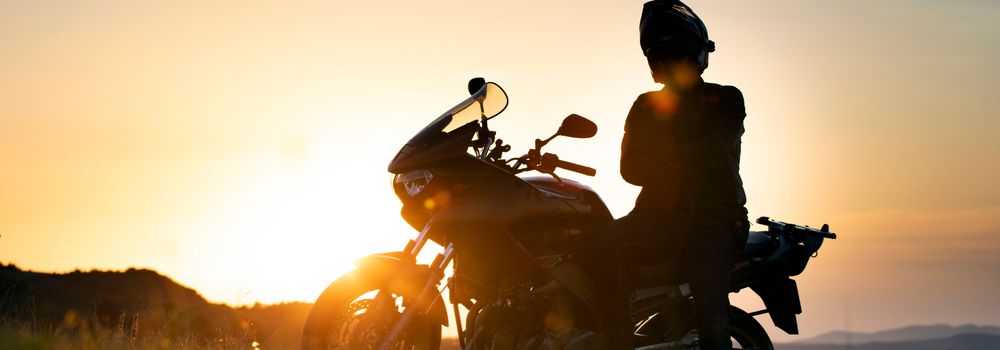
Guide to the A2 motorcycle license in 2022
The A2 motorcycle license is the next step in the gradual progression of any motorcycle rider who wants to progress towards a fully unrestricted motorcycle license.
To ride a motorcycle on the road you must first pass a Compulsory Basic Training test, CBT for short. This test allows riders of 16-years-old to ride a limited 50cc motorcycle on the road at a maximum speed of 28mph, at 17-years old the rider can automatically upgrade to a 125cc motorcycle on this same CBT test without any additional training, whilst riding with a CBT the rider must display 7”x 7” ‘L’ plates on the front and back of the motorcycle and re-take the CBT every two years.
A 17-year-old can opt to take an A1 test and remove these ‘L’ plates, the advantage of this would be that they no longer need to renew their CBT every two years, can carry passengers and ride on motorways, however, they cannot ride any motorcycles with an engine larger than 125cc until the A2 test has been passed.
At 19-years-old you become eligible to take an A2 test which will allow the rider to progress onto faster and more powerful motorcycles restricted to 47bhp/35kw or less, motorcycles with more power can be ridden with restrictor kits provided the original bike has less than 94bhp.
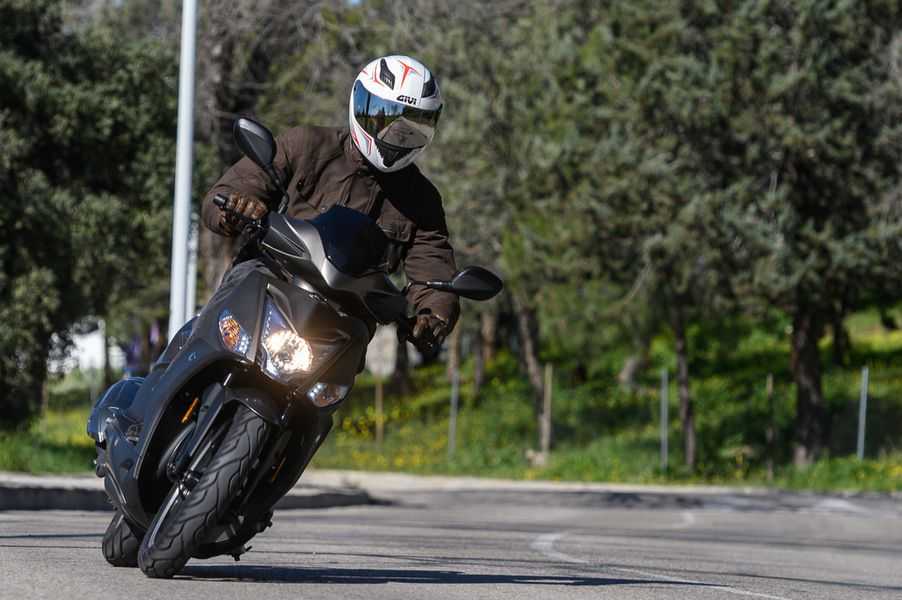


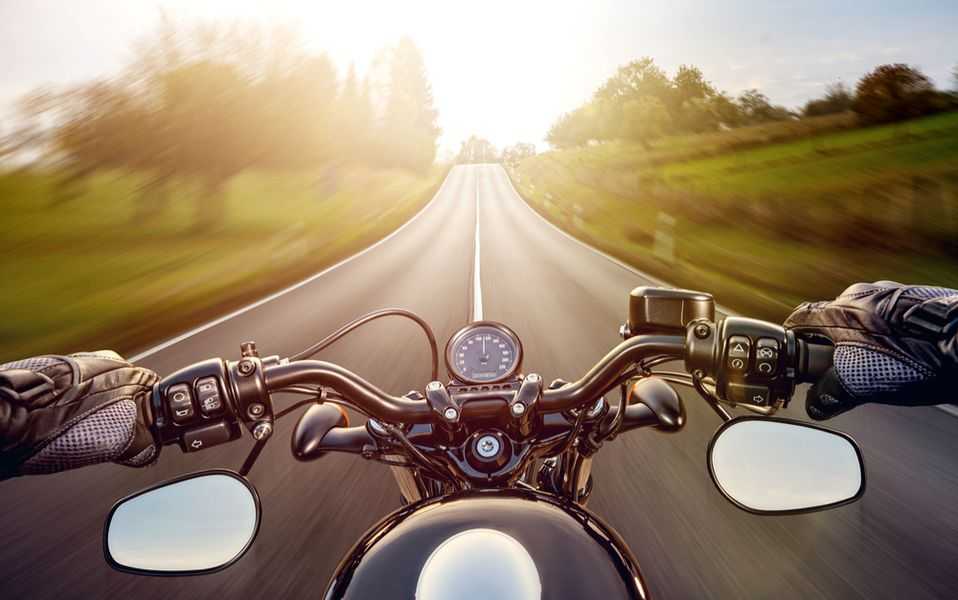
The A2 test consists of four parts, the CBT, theory and hazard perception test and the practical test module one and module two. If a rider already holds a valid CBT at the time of taking their A2, they do not need to retake this. If the rider holds a valid A1 license, they will not be required to re-do a CBT or theory test.
A motorcycle with a cc of more than 395cc will be used for the tests, even if you don’t plan on riding a motorcycle of this size.
At 24-years-old a rider no longer needs to take the A2 test and can do a ‘direct access’ test to ride unrestricted, riders under 24-years-old must have held an A2 license for two years and be over 21 to be able to complete the test before 24. For example, a 21-year-old who passed their A2 at 19 and has held the license for more than two years will be allowed to do their full unrestricted A license.
See how much you can save
Compare quotes from 37 insurers
CBT Test
The CBT test doesn’t require a theory test and is the first step towards an A2 motorcycle license, as previously mentioned if the rider already holds this license they can move to the next step.
The CBT test is a 5-part course consisting of:
- Introduction and sight checks
- Training onsite
- Riding on site
- On-road training
- On-road riding
The on-road sessions are a minimum of two hours long, once the instructor is happy with each part of the test and happy that a basic level of understanding has been shown, they will move on to the next stage, eventually handing out a pass if they feel the rider is capable of riding at the CBT standard.
Related Articles

Learner Guides
The cost of motorbike insurance for 17 year olds is generally higher than for older riders but can v...

Learner Guides
There are a few occasions where you will not need to complete Compulsory Basic Training (CBT) to get...
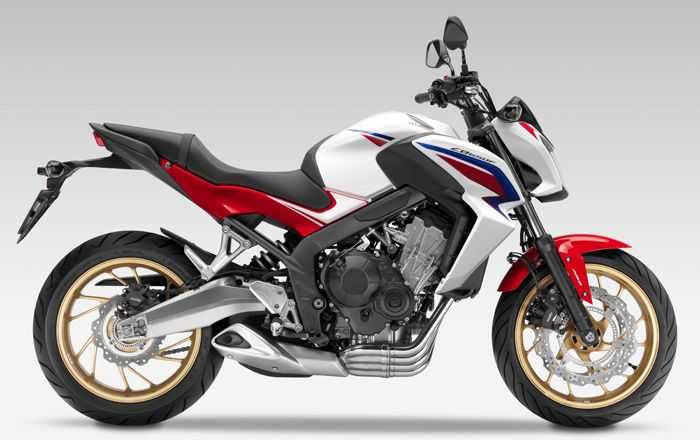
Motorbike Insurance Guides
What is the cheapest motorcycle to insure? That's the question we're asked most at The Bike Insurer....
Theory and Hazard Perception
Before you can attempt the practical tests a theory test must be passed, this consists of two parts which are 50 multiple-choice questions and a video test about spotting hazards on the road. Both parts can be taken as a single test, you cannot pass the theory test until both parts have been completed and passed.
Congratulations, if you have passed your CBT and theory test, you can now do your practical Module 1 and Module 2 tests, however, if the rider does not feel they are ready for this yet, they can complete some motorcycle lessons to properly equip them with the knowledge to be able to attempt the test.
Practical Test
As previously mentioned, the practical test consists of two elements, Module 1, and Module 2.
Module 1
Module One is a course based on car park and road riding with the intention of testing and developing the skills required for slower manoeuvres on a bigger motorcycle, it will be based on a closed test track normally at the DVSA centre.
The rider will need to show an ability to complete five slow speed and three high-speed exercises and skills, these are as follows:
Slow speed:
- Parking
- Manual handling
- Slalom to figure of 8
- Slower controlled ride
- U-Turn
High Speed:
- Controlled stop
- Emergency stop
- Avoidance
If the rider has previously ridden on a road, these will not be alien to them, however, they must be able to demonstrate that they can maintain control and do the relevant safety checks when executing these manoeuvres including mirror checks, live savers and using neutral when the bike is stopped.
The test is relatively fast taking a maximum of 30 minutes, you are given a tolerance of 5 minor faults for failure but one major will automatically fail your test.
Module 2
Module two is the final stage in the process, this is where you go out on the road and prove you are capable of riding the motorcycle to an acceptable standard on the road, this also includes angled and hill starts and independent riding.
It starts with an eyesight test, if failed the test will fail instantly and you will have to retake the test.
It is important to be able to prove that you are in full control of the motorcycle, making use of your mirrors, lifesaver checks and maintaining a two-second gap to the vehicle in front of you.
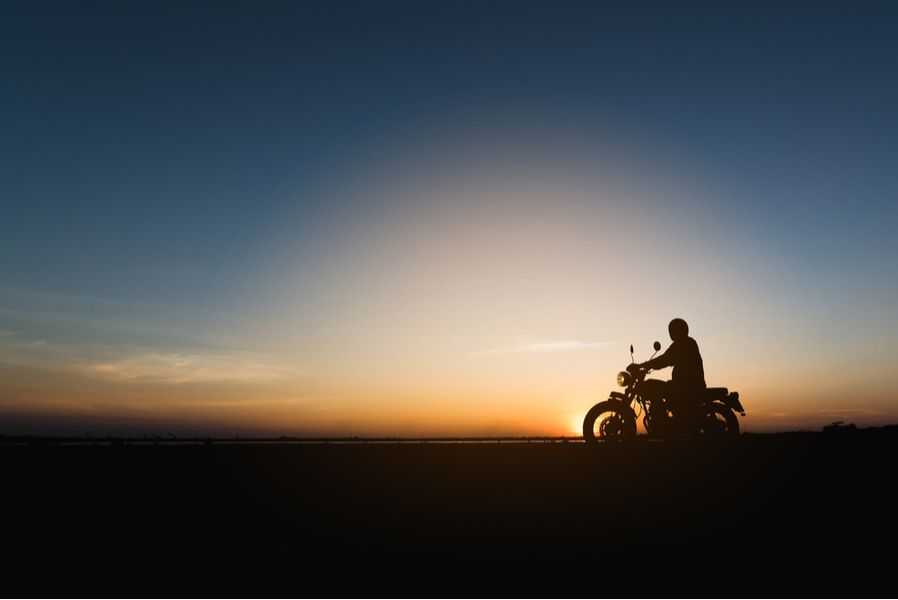
Minor faults are limited to 10 on this test and can be small things from road positioning and indicating all the way up to observational issues. You only need one major fault to fail the test, this includes not performing lifesaver checks, causing other vehicles to brake or swerve and not observing the highway code.
It sounds scary, but if you can prove you can ride well using common sense, you will not face any issues.
This has been the motorcycle A2 test, best of luck!
